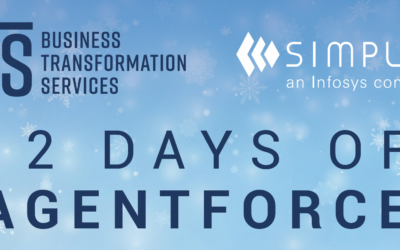In a recent press release, Gartner predicted that 75% of the highest growth companies in the world will deploy a revenue operations (RevOps) model by 2025. Changes in customer expectations and buying behavior are forcing companies to examine the typical revenue operations landscape that is fragmented across silos of people, processes, and systems.
“CEOs and chief sales officers recognize that functional silos handing off clients from one function to the other, and using different technologies, people and processes, are a barrier to revenue growth,” said Doug Bushée, senior director analyst in the Gartner Sales practice. “As a result, progressive organizations are beginning to align sales, marketing and customer success technology, data and KPIs to provide an end to end view of the revenue-generating engine.”
At Simplus, Kyle Hanagarne, VP CMT, defines revenue operations as “the people, processes, and systems that allow revenue to flow through your business from the moment something is sold to the moment it’s captured on a financial report.”
RELATED: [Watch this three-minute video explanation of revenue operations.]
The revenue operations chain helps explain how revenue is booked, delivered, and turned into cash. The process is often very complicated with complex rules around revenue recognition. Sales, operations, finance, and IT all play a role in the revenue operations chain without a singular owner.
The end goal of revenue operations is to break down the siloed functions of passing customer data from department to department and system to system and transform the buying experience into one go-to-market model providing a faster, more personalized customer experience while accelerating new revenue streams and providing a single source of truth for customer data to all revenue-producing roles in your organization.
Contact us here to set up a consultation with one of our revenue operations experts.















0 Comments